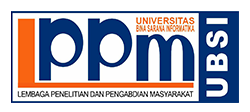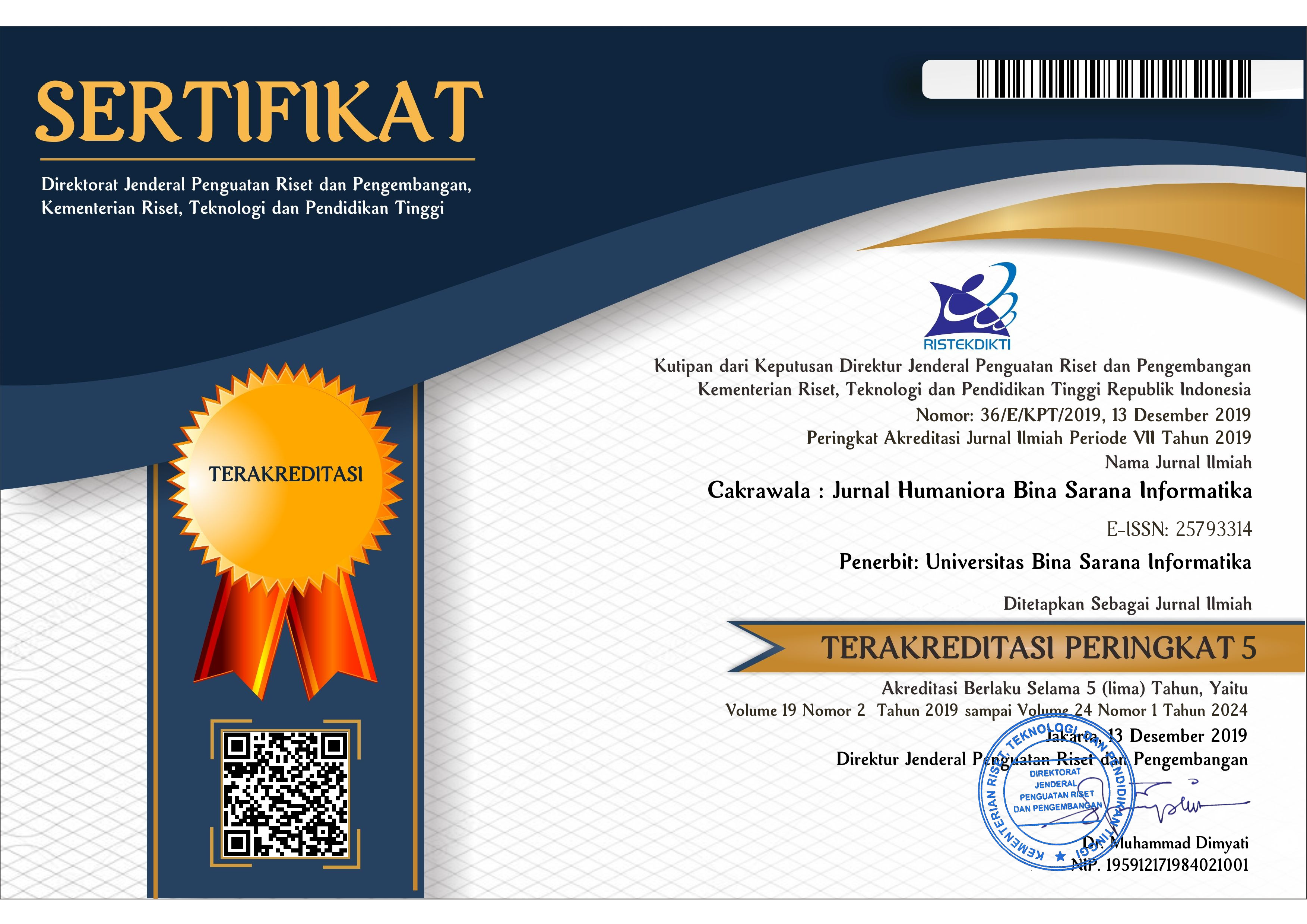Peran Kereta Api Indonesia (KAI) sebagai Infrastruktur Transportasi Wilayah Perkotaan
Abstract
Full Text:
PDFReferences
Ackermans, Linde dan Hugo Poelman. (2016). Towards Regional and Urban Indicators On Rail Passenger Services, Using Timetable Information. Working Papers, 2, 1-17.
Bappenas. (2012). Bidang Sarana dan Prasarana, Bab V RKP.
Creswell, J.W. (2013). Reasearch Design: Pendekatan Kualitatif, Kuantitatif dan Mixed, Edisi Ketiga. Yogyakarta: Pustaka Pelajar.
Givoni, Moshe dan Piet Rietveld. (2007). The access journey to the railway station and its role in passengers’ satisfaction with rail travel. Transport Policy, 4(5), 357-365.
Iwarsson, S, Jensen G and Ståhl A. (2000). Travel chain enabler: Development of a pilot instrument for assessment of urban public bus transport accessibility. Technology and Disability, 12, 3-12.
Jensen S, Iwarsson S, and Ståhl A. (2002). Theoretical understanding and methodological challenges in accessibility assessments, focusing the environmental component: an example from travel chains in urban public bus transport. Disability and Rehabilitation. 24 (5), 231-241.
Kadir, A. (2006). Transportasi: Peran Dan Dampaknya dalam Pertumbuhan Ekonomi Nasional. Jurnal Perencanaan dan Pengembangan Wilayah Wahana Hijau, 1(3), 121-131.
Murlok, Edward K. (1984). Pengantar Teknik dan Perencanaan Transpotasi, Civil and Urban Engineering Departement, University of Pennsylvania. Jakarta: Penerbit Erlangga.
Panjaitan, P. (2001). Faktor Yang Mempengaruhi Kemacetan. Tesis. Program Pascasarjana Ketahanan Nasional, Universitas Indonesia.
PM no.43 tahun 2011 tentang Rencana Induk Perkeretaapian Nasional, Arah Kebijakan dan Peran Perkeretaapian Nasional,Strategi Investasi dan Pendanaan
Peraturan Pemerintah No.72 Tahun 2009. Lalu Lintas dan Angkutan Kereta Api, Bab I Pasal 1 (1).
PT. KAI. (2016). Profil PT.KAI. https://www.kereta-api.co.id/ diakses pada Senin, 21 Maret 2016.
Salim, A. A. (2012). Manajemen Transportasi, Cetakan ke-10. Jakarta: PT. Raja Grafindo Persada
Setijowarno, D., & Frazila, R.B. (2002). Pengantar Rekayasa Dasar Transportasi. Bandung: Teknik Sipil Universitas Katolik Soegijapranata.
Sistranas. http://hubud.dephub.go.id/ diakses pada Selasa, 25 November 2014.
Susanto, B. (2013). Transportasi dan Investasi, Tantangan dan Perspektif Multidimensi. Jakarta: PT. Kompas Media Nusantara.
Utomo, S. H. T. (2004). Jalan Rel, Ed Revisi. Yogyakarta: Beta Offset Perum Fakultas Teknik UGM.
Zhu, Yi, Mi Diao, Gang Fu. (2016). The Evolution Of Accessibility Surface Of China In The High-Speed-Rail Era. Environment and Planning A: Economy and Space, 48, 2108-2111.
DOI: https://doi.org/10.31294/jc.v19i1.4356
ISSN: 2579-3314


Dipublikasikan oleh LPPM Universitas Bina Sarana Informatika
Jl. Kramat Raya No.98, Kwitang, Kec. Senen, Kota Jakarta Pusat, DKI Jakarta 10450

This work is licensed under a Creative Commons Attribution-ShareAlike 4.0 International License










